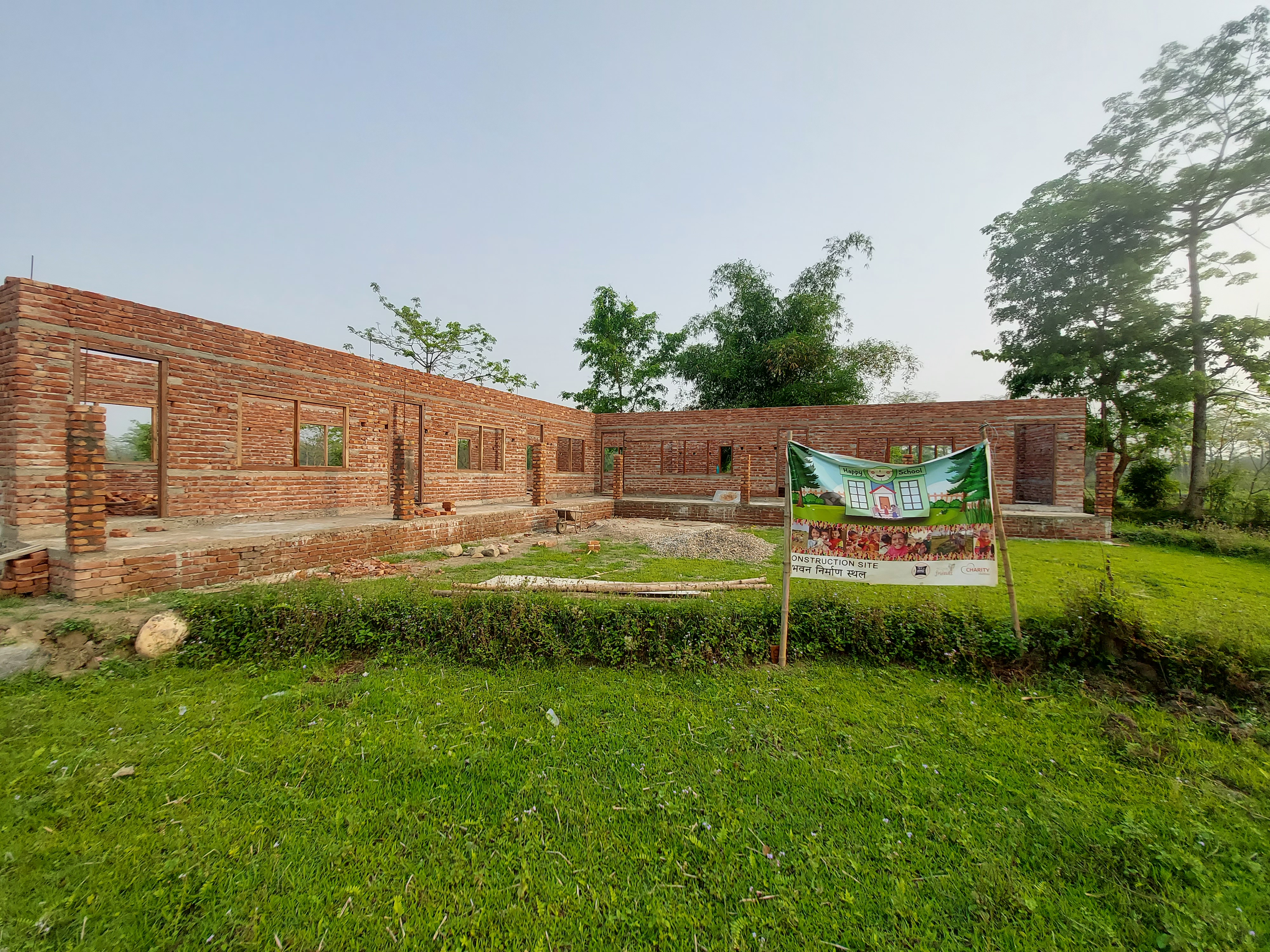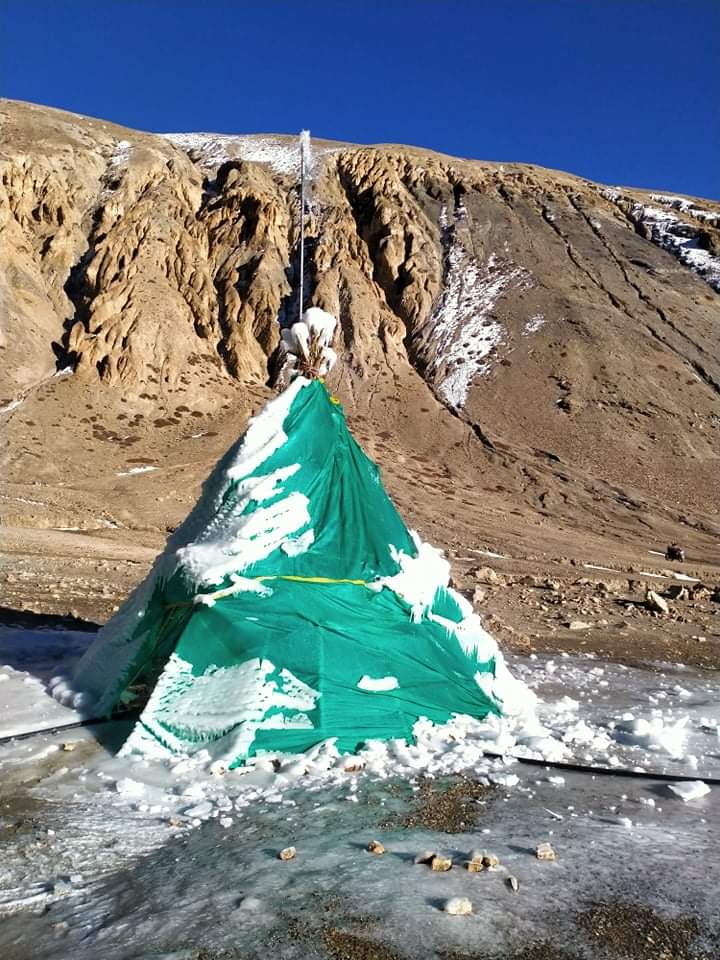
Happy School
Happy School in the Making
Happy School, Happy Students
Mission of Happy School
To connect the learning with physical, mental and spiritual growth starting right from the early childhood and ultimately accompany life as journey of happiness not as quest for happiness.
Pillars of Happy School
- Fusion of traditional/indigenous and modern lifestyles
This is an age of technology and children are digital by birth. It is very crucial to give them the sense of traditional lifestyles (which were in many ways more sustainable) along with the fast-changing technology.
- Green Accountability
Being responsible to environment while making life choices and decisions. The societies and people have become self-centered like never before. The
- Self-Realization
Sense of self and internalization of self as part of this cosmic universe. Practice the behavior of universal human family and global citizen and not limited to a particular caste, creed, ethnicity or nationality
- DAMSY (Dance, Art, Music, Sports, Yoga)
An integrated continuum to supplement the physical, mental and spiritual well-being other than classroom learning. A separate space for DAMSY would be a vital pillar for Happy School.
The Happy School Framework developed by UNESCO Bangkok shall be the reference document to design the overall course of this School. Moreover, the recently developed and adapted Happiness Curriculum by Education Department of Delhi Government will be another basis to set up the course.
For now, a kindergarten shall be operated in the initial phase that would encapsulate- playgroup, LKG, UKG and Grade 1.
Around 40 kids from Bote Tole and adjacent area of Kawasoti have already registered for Happy School.
We have plans to provide free hygienic tiffin, stationaries and books, uniforms to the kids with a very minimum contribution from their parents/families depending upon their financial status. The contribution could be non-monetary too with whatever they can. For instance in the form of food grains, vegetables, fishes or any local agro-production that could eventually develop a sense of “living and giving” both at parents as well as children’s level.


